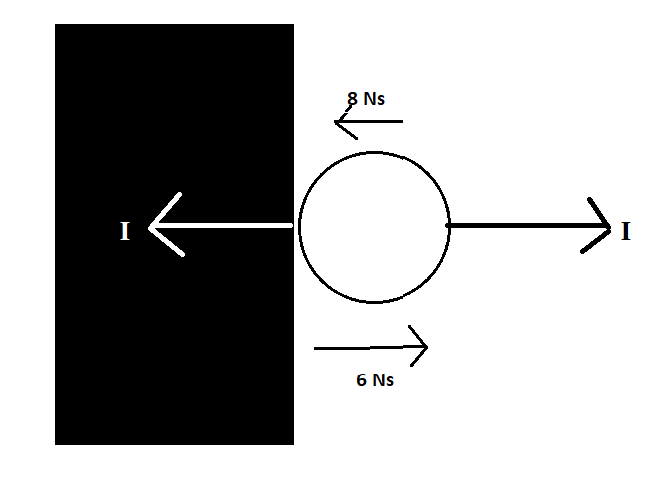Help with physics momentum problems I have a test tomorrow, please?
1) A toy rocket achieves a velocity of 55 m/s after 3 s, when fired straight up. If the average force exerted by the engine is 28 N, what is the toy’s mass?
2) A 15000 kg air jet accelerates from rest to 45 m/s before it takes off. What is the change in momentum of the jet?
3) A small bouncy ball with a momentum of 8 kg∙m/s to the left approaches head-on a large door at rest. The ball bounces straight back with a momentum of 6 kg∙m/s. What is the change in the momentum of the ball? What is the impulse exerted on the ball? What is the impulse exerted on the door?
1) A toy rocket achieves a velocity of 55 m/s after 3 s, when fired straight up. If the average force exerted by the engine is 28 N, what is the toy’s mass?
2) A 15000 kg air jet accelerates from rest to 45 m/s before it takes off. What is the change in momentum of the jet?
3) A small bouncy ball with a momentum of 8 kg∙m/s to the left approaches head-on a large door at rest. The ball bounces straight back with a momentum of 6 kg∙m/s. What is the change in the momentum of the ball? What is the impulse exerted on the ball? What is the impulse exerted on the door?
2 Answers
see below
Explanation:
we need the following results
momentum
Newton's 2nd Law :
so we have
we need to find the acceleration
using
#(2)
the momentum at the start is zero - at rest
change of momentum
#(3)
Impulse
taking the original direction of travel as
initial momentum
momentum after
change of momentum
impulse on the ball is opposite to original direction
so impulse on door
a)
b)
c)
Explanation:
1)
We will assume the acceleration of the rocket is constant.
Newton's Second Law is sometimes written as
2)
The momentum of an object is its mass times its velocity.
The unit is
For our question:
Note how when it is stationary, it has no momentum.
The change in momentum is known as impulse.
3)
Even for simple physics problems like these, where we don't need a diagram, drawing may help.

Here, the arrows above and below the ball indicate its momentum (you can do something similar with speeds if given those instead of momentums). The arrows coming out of the ball and into the wall, with an
Just like how velocity is a vector, and can have plus and minus, so can momentum. Since the final momentum is in the opposite direction to the initial momentum, we will consider this in our calculations as
I touched on this earlier. The Impulse-momentum principle (its scarier than it sounds) states the Impulse=change in momentum.
You may have heard of Newton's Third Law. This states that for every action there is an equal and opposite reaction. Effectively, we use this to mean the impulse on the door is equal and opposite to the impulse on the ball

